All about vervain hybrid
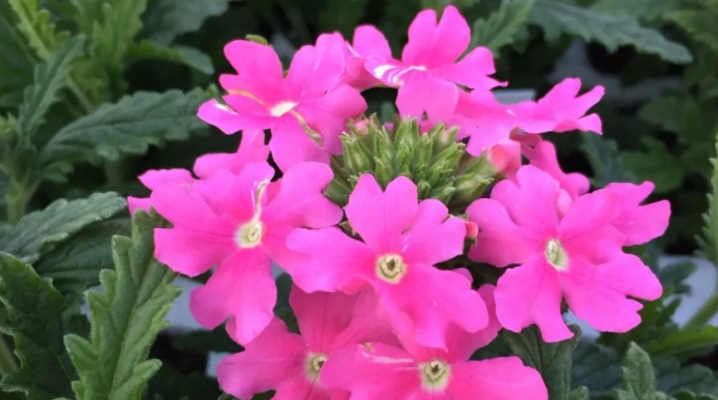
Having learned everything about hybrid verbena, you can get excellent results when cultivating it. You will need to understand the conditions for growing from seeds and with reproduction. Also noteworthy is the description of "Ideal", "Melody", "Pomegranate Star" and other varieties.
Description
It has been established that hybrid verbena is a herb, characterized by a long period of development. In fact, it is a small shrub with branching stems. The inflorescences of such a culture exude a pleasant aroma. After the end of daylight hours, it only intensifies. Important Features:
- fibrous root complex;
- height from 15 to 60 cm;
- opposite foliage of an elongated (heart-shaped bottom) shape;
- pubescence of stems and leaves;
- inflorescences in the form of an umbrella spike;
- the number of flowers per 1 inflorescence is up to 20-30 pieces.
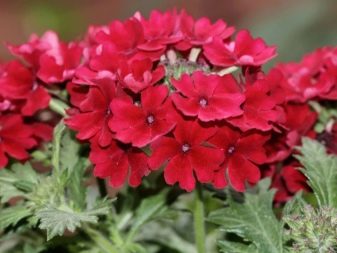
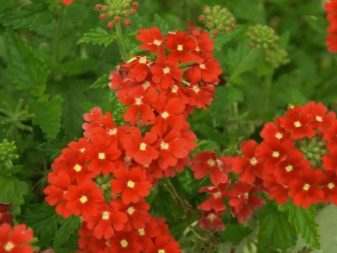
In its original form, hybrid verbena is a perennial culture. However, in the Russian climate, it can only grow as an annual. There are both erect stems and stems creeping on the ground. The leaves are small, may differ depending on the variety, there are other varietal differences. In Latin, the plant is called Verbena hybrida.
Varieties
An attractive solution is considered varietal group "Quartz"... These are very nice looking ground cover plants. The most common is "White Quartz", which grows quickly and blooms for a long time. These bushes reach a height of 25 cm. They are often planted in pots and similar containers.
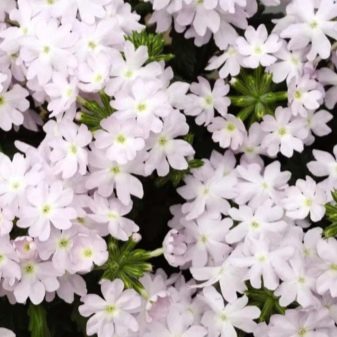

Also worth recommending:
- "Quartz Burgundy" (producing large cherry blossoms);
- "Quartz Pink" (optimal for a flowerpot or mixborder);
- "Ideal" (ampelous culture with a colossal variety of colors).
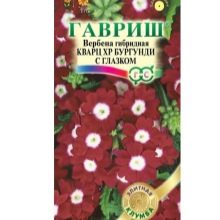
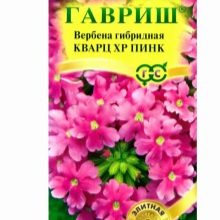
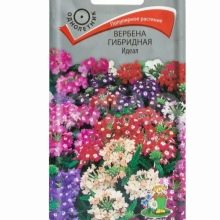
Verbena "Lucifer" produces especially large flowers. She looks very bright. This plant is resistant to temperature fluctuations. Flowering is long and luxuriant. Variety "Quartz Mix" is an annual with large inflorescences with a cross section of 50-70 mm and flowering in June-October.
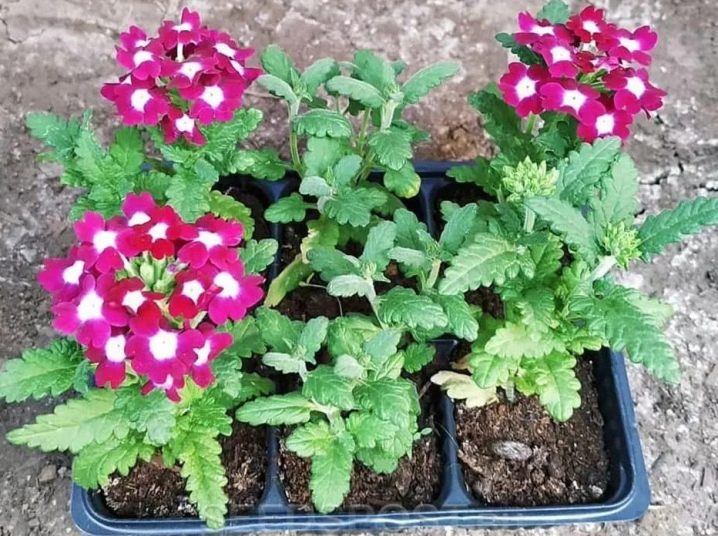
"Star Round Dance" - good ampelous culture. It is distinguished by a variety of bright colors. Verbena of this variety develops dense inflorescences up to 15 cm long. It is grown on lawns and in pots. Tall varieties of ornamental crops are often planted nearby.

Variety "Snow Queen" - white ampelous verbena. It produces moderately large flowers. The inflorescences reach 20 cm in length.Along with the main color, there are a variety of pastel types with:
- pink;
- purple;
- purple in color.
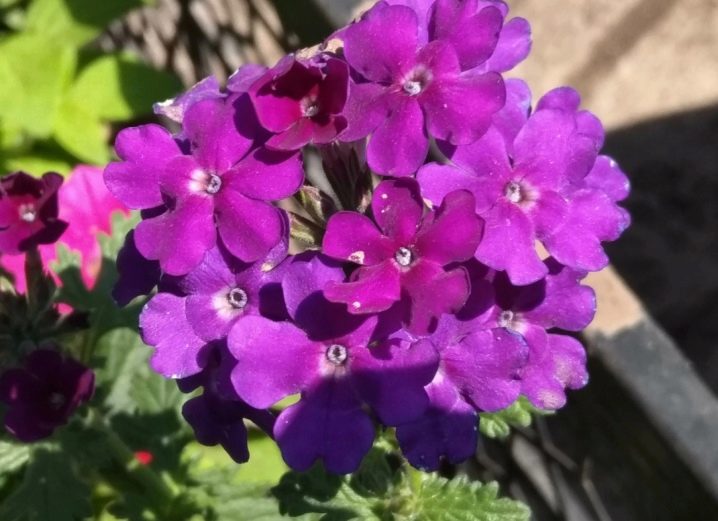
Variety "Melody" in height is 25 cm. Flowering occurs in July, August and September. Photophilousness and cold resistance of the plant are noted. Basically, cultivation is carried out by the seedling method. This variety is found in flower beds and in flower beds.
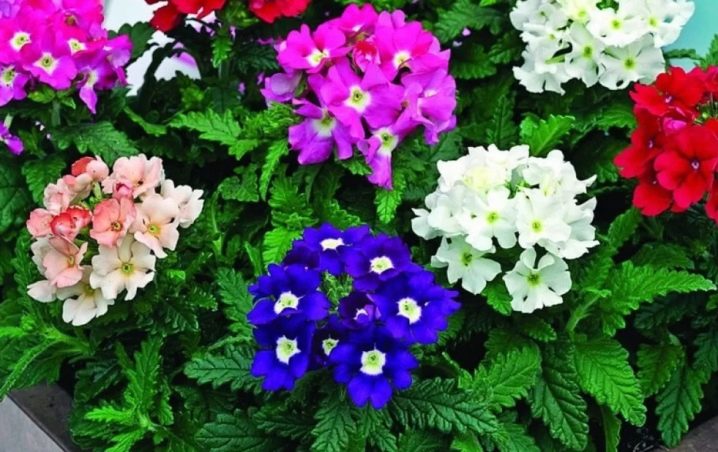
Verbena "Temptation" blooms profusely, until the onset of frost. It can grow up to 65 cm. The inflorescences are like umbrellas. Their cross-section ranges from 9 to 11 cm. The variety is suitable for solitary and group planting.
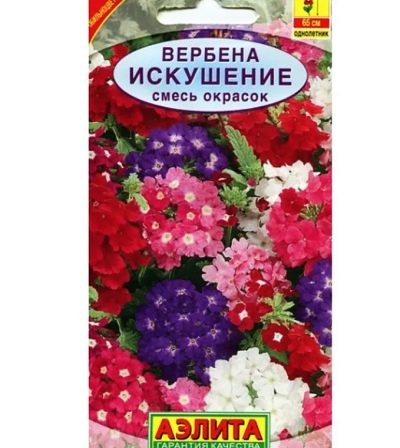
The newest ampel line "Tuscany" (Tuscany) is distinguished by the ability of overgrown lashes to produce additional roots. These roots can be pinned to the ground from time to time and huddled. This variety is small in size and resistant to temperature fluctuations and plant infections. The color combination is very sophisticated and exotic. The flowering time is very long, with an interval of 20-25 cm, such a plant forms an unbreakable carpet.

Variety "Pomegranate Star" - an annual with a pleasant aroma.The section of flowers is 15-20 mm. The section of the inflorescences will be 60-70 mm. High drought resistance is noted. The plant is suitable for growing together with other annual crops of the same size.
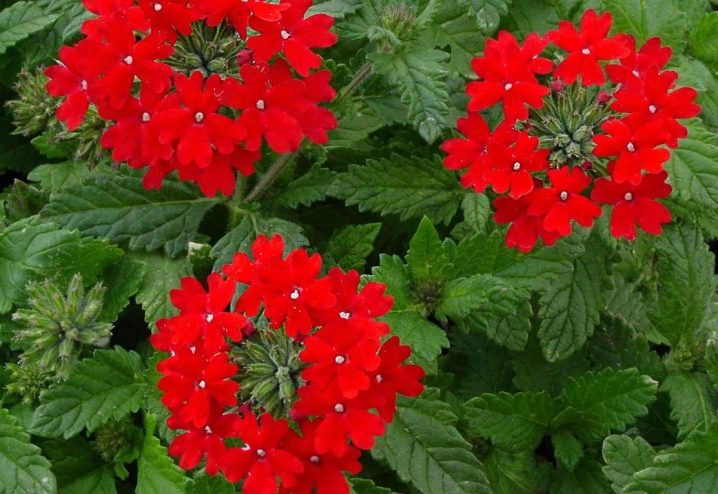
Quirk type gives bushes up to 30 cm tall. Globular inflorescences have a maximum cross section of 5 cm. Flowers are white, cherry, and other colors. The flowering period includes:
- June;
- July;
- August;
- September;
- October.
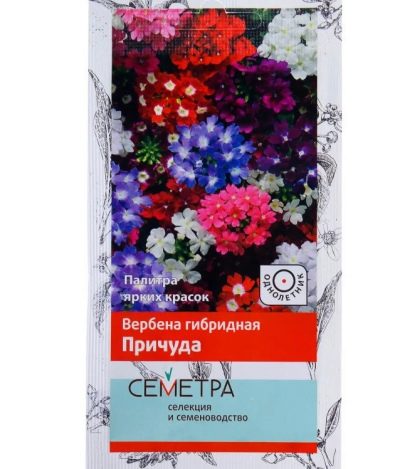
Growing conditions
There are no particular difficulties in cultivating hybrid verbena in flower beds at home. This plant loves excess light and survives dry periods. There are no fundamental requirements for the quality of the soil. However, optimal development is possible in moist soil with good fertilizer quality. It is better to choose areas made of loam with a neutral or slightly alkaline reaction.
Verbena can resist industrial clogging. In the conditions of urban landscaping, it manifests itself from the best side. Development is extremely slow, even in good conditions, it takes 90-105 days between sowing and flower formation. You can transplant such a culture almost without problems. Additional lighting with special means up to 14 hours allows you to reduce the stretching of the bushes during seed growing.
Uniform germination is achieved under the condition of preliminary exposure in solutions of growth activators. Water the verbena sparingly but systematically. Water stagnation should be avoided to prevent root rot.
Hardening of seedlings is carried out 14 days before transplanting to the final place. The hardening time is gradually increased.
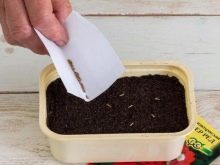
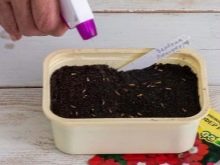

Reproduction
Although hybrid verbena can be planted with cuttings, in most cases it is grown from seed, first getting seedlings of flowers. Direct cultivation is hampered by the long development of the plant. Sowing should ideally be between 10 and 20 March. Earlier breeding requires thorough backlighting. Without such a condition, development will proceed very slowly.
It is not necessary to use fertile soil. But friability, an airy structure are mandatory for him. The permeability of the soil to air is very important. It is better to breed seedlings in a soil of neutral acidity. An optimal soil mixture is created from:
- 2 shares of peat;
- 1 share of garden soil;
- 0.5 share of sand.
You can also use a store-bought primer mixed with washed sand. Disinfection is carried out in a double boiler for 60 minutes. It is possible to increase the permeability to air and moisture by introducing perlite. It is not necessary to put a lot of it, 0.05 kg is enough for 1 kg of soil mixture. Seeds are distributed as evenly as possible, excluding sowing thickening.
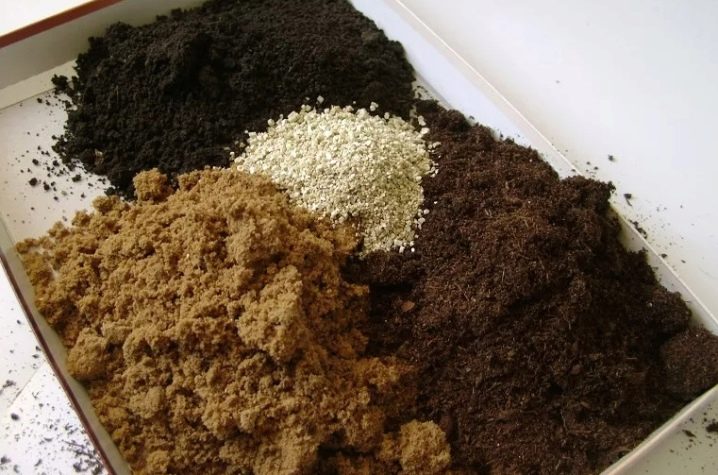
Humidification is carried out using a spray (spray gun). No lighting is required for seed germination. But the warmth is very useful at the same time. You can expect the emergence of seedlings a week after sowing. At such a moment, the container should be placed in a lighted place and the temperature should be reduced from 25 to 15-17 degrees.
Picking is often done in common boxes at intervals of 4-5 cm. But it is preferable to conduct it in separate containers. When picking, the fertility of the soil is already relevant. The soil in pots is compacted a little; large holes should not be made. Watering the seedlings after picking should be done carefully, moving from the edge of the pots.
The seedlings should be kept in the brightest place. Top dressing is carried out every 14 days with mineral mixtures diluted in water. Shrub varieties of verbena branch very actively, but they require pinching. Ampel varieties must be pinched off after the appearance of 4 leaf pairs. Hardening should be started immediately in good weather. Tempered verbena will be able to briefly survive cooling down to -3. It can be landed at the main site from 15 to 30 May.
At the time of planting, the size of a particular plant should be taken into account (according to varietal standards).With proper care, the plant will grow rapidly. Lying shoots are able to root easily.
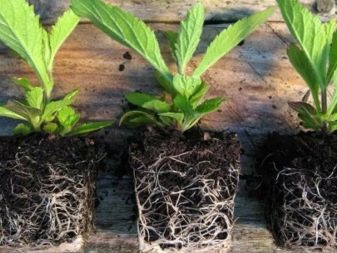
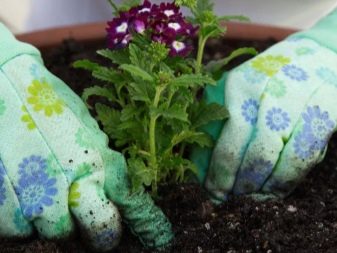
Diseases and pests
For vervain, viruses are almost not dangerous. The main difficulties arise with care errors. Powdery mildew infection is possible with excessive watering or excessive moisture. You can compensate for this problem by avoiding temperature differences. All diseased plants must be removed, and for prophylaxis, drugs such as Propiconazole, Azoxystrobin, Bitertanol are used.
If the plant is affected by powdery mildew, you need to use:
- "Gamair";
- "Topaz";
- "Speed";
- Alirin-B;
- "Planzir".

Tospoviruses also pose a threat. Because of them, the development of flowers is inhibited, the plant is deformed. Stains on foliage are likely. You will have to fight against insects carrying the pathogen - thrips. Diseased plants are incurable, they can only be pulled out and burned. If the verbena is watered too vigorously, a blackleg infestation is likely.
You can eliminate ticks and aphids with the help of drugs, including:
- pymetrozine;
- imidacloprid;
- pirimicarb.
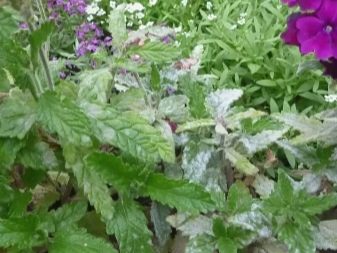
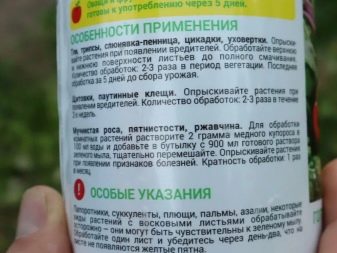







































































































The comment was sent successfully.